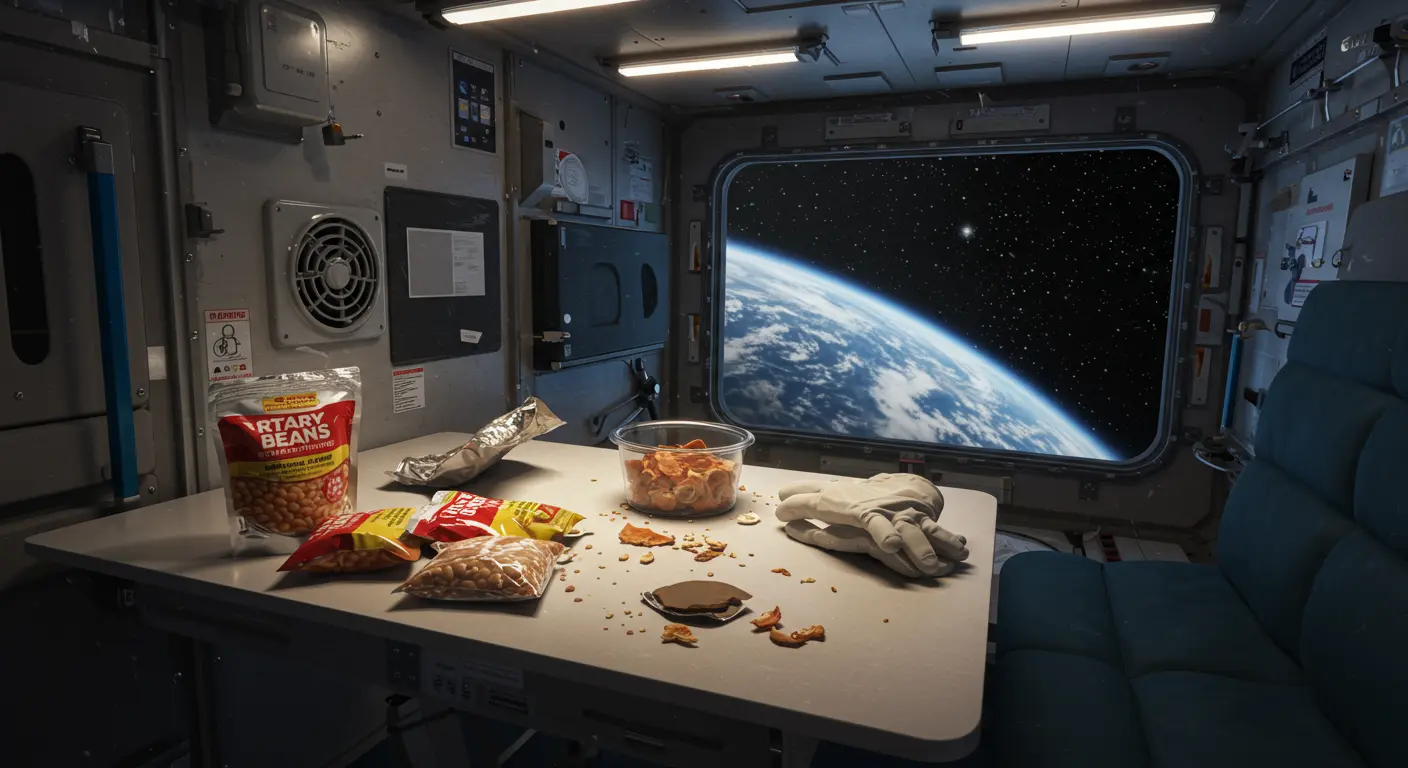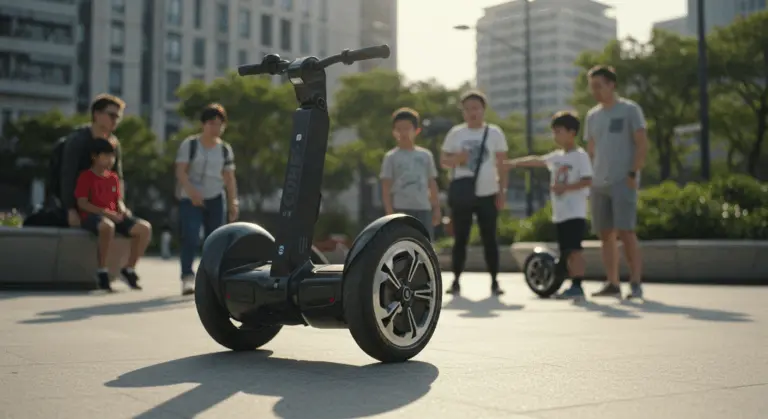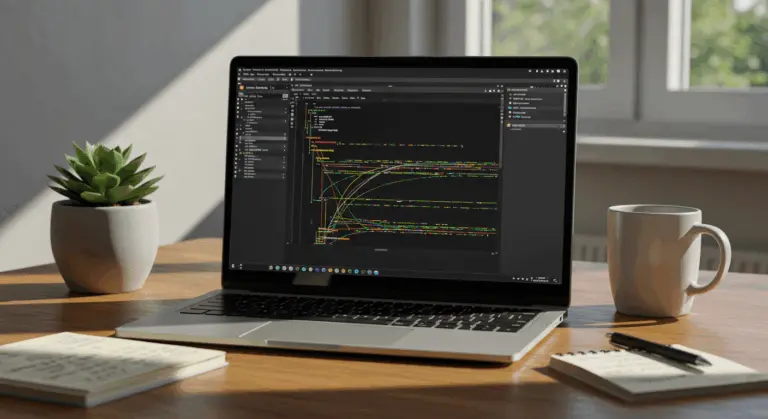Can You Fart in Space? Exploring Flatulence in Microgravity
Potential Risks of Farting in Space
Flatulence in space presents unique challenges. Why? The spacecraft’s sealed environment traps gases that would naturally dissipate on Earth.
Flammability poses the greatest danger. Intestinal gases—rich in hydrogen and methane—can reach combustible concentrations within the oxygen-saturated cabin atmosphere, creating a genuine fire hazard unless ventilation systems maintain proper circulation.
Crew psychology creates additional problems. Persistent odors in cramped quarters don’t just offend—they erode morale and strain relationships, requiring effective air filtration for mission success.
The Science Behind Farting in Space
Earth’s gravity naturally separates, naturally separating liquids, solids, and gases within our stomachs. This allows for clean, predictable gas release through burping.
Microgravity disrupts this process. Stomach contents swirl together chaotically, often resulting in the dreaded “wet burp”—an unpleasant mixture of gas, liquid, and partially digested food.
Astronauts’ Experiences with Flatulence
As a result, Astronauts experience dramatically increased flatulence as trapped gases, unable to escape upward, must traverse the entire digestive system.
Former NASA astronaut Mike Mass imino captured this reality with refreshing honesty: “Your body is confused by the lack of gravity, and gas doesn’t move through your system the same way.”
Astronauts adapt by developing. Subtle etiquette, strategically timing releases near ventilation intakes to spare their colleagues.
Many astronauts take proactive measures, deliberately avoiding gas-producing foods before critical mission phases—a small sacrifice for operational harmony.
Space Diet and Its Impact on Gas Production
Specialized space diets contribute to increased gas production. The reduced atmospheric pressure aboard spacecraft amplifies this effect, as gases expand according to Boyle’s Law—turning minor digestive issues into major discomfort.
Key dietary factors include:
-
A high reliance on freeze-dried and thermostabilized foods.
-
A lack of fresh fiber, which alters gut bacteria fermentation.
-
Concentrated proteins and carbohydrates that yield more gas when digested.
NASA nutritionists continuously refine menus, incorporating probiotics and improved formulations. However, increased gas production is still unavoidable of spaceflight nutrition.
Waste Management and Hygiene in Space
Even the most fundamental bodily functions require complex engineering in microgravity.
Consider waste collection: specialized toilets must rely on airflow rather than gravity’s help.
The Role of Space Toilets in Managing Flatulence
Space toilets face a crucial limitation—they’re engineered exclusively for solid and liquid waste, not gaseous emissions.
Flatulence escapes directly into the cabin atmosphere. The toilet’s suction system simply wasn’t designed to capture gas emissions.
Hygiene Practices for Astronauts
Personal hygiene in space requires major adjustments for severe resource constraints and microgravity’s peculiar challenges.
Water conservation drives strict protocols: clothing must be worn for extended periods according to carefully calculated schedules.
Bathing becomes an exercise in precision—sponge baths and waterless shampoo replace traditional methods. Free-floating water droplets pose genuine equipment hazards.
Even changing socks requires meticulous care. Floating dead skin cells must be immediately captured by ventilation systems or vacuums—otherwise, they contaminate the clean cabin environment.







